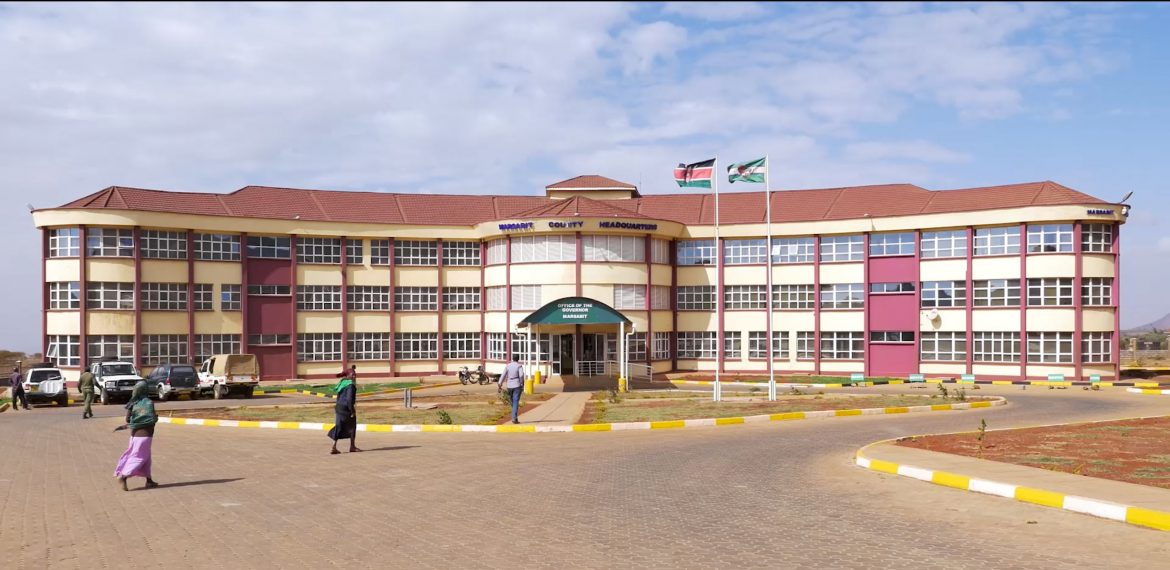
By Karol Czuba
At 70,961.2 square kilometers, Marsabit is in terms of land area Kenya’s largest county.
Because it is also the country’s least densely populated county, however, it is only inhabited by 459,785 people (as of the 2019 census), fewer than all but five of Kenya’s counties.
Low population density is the result of the county’s physical environment nearly all of Marsabit’s territory is desert or semi-desert.
For this reason, the livelihood systems of the area’s inhabitants have historically depended on pastoral production.
Despite gradual livelihood diversification, pastoralism remains the dominant livelihood strategy in the county, although local ethnic groups display significant variation.
This diversity of livelihood systems corresponds to the county’s ethnic heterogeneity. The plurality of Marsabit’s inhabitants belongs to the Borana ethnic group.
Together with the second- and third-largest communities, the Gabbra and Rendille, the Borana constitute a significant majority of the population. The two groups share the county with smaller communities: the Burji, Dassanech, El Molo, Garre, Samburu, Sakuye, Turkana, Waata and other communities.
The transformation of Kenya’s political system initiated by the 2010 constitution which devolved power to newly created autonomous county governments has resulted in the emergence of vibrant political life in Marsabit County, an ethnically heterogeneous area in the country’s historically marginalized and neglected northern periphery.
This vibrancy reflects the high stakes of contestation between local political agents who seek control over the Marsabit County Government, which came into being following the 2013 elections and commands considerable powers and resources.
Due to Marsabit’s population composition, these political agents’ efforts to mobilize popular support have given rise to a form of politics in which the noticeable of ethnic divisions is particularly marked.
As no ethnic group commands an absolute majority in the county, local leaders’ pursuit of power has forced them to form interethnic alliances, which given the competing interests of different ethnic groups and the political agents who represent them easily fragment, necessitating frequent realignments.
Also, the largest ethnic communities in Marsabit are further divided into sub-ethnic groupings that often play a major role in the interactions between political agents.
In this highly dynamic political environment, the role of ethnic and sub-ethnic collective identities is unusually conspicuous.
The politicians in charge of the Kenyan central government, customary leaders who, because of the nature of Marsabit politics, have retained and, at times, increased, their political power and other new leaders; on different occasions, these interactions have led to inter-ethnic alliance-making or conflict.
The 2013 elections marked a radical break like the relationship between state managers in charge of the central government of Kenya.
Nevertheless, pre-election political campaigning required significant funding before the launch of the county government could only be obtained from the powerful Kenyan political agents and the parties that they had established as their electoral vehicles.
Since devolution has resulted in the effective incorporation of local leaders into the Kenyan state-managing elite, It is important to examine both the interactions between the political agents who operate primarily at the level of the new county government and those within the central government structures and interactions among different local leaders.
The article is based on field research conducted in Marsabit and Nairobi from January to April 2016, in September 2016, and in January 2018.




